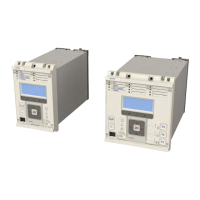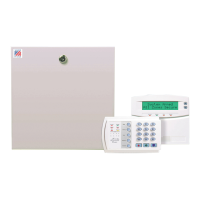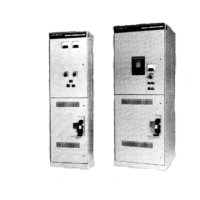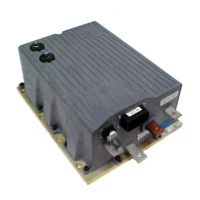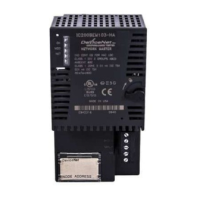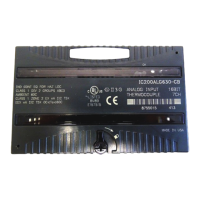event number value returned in the record. The extended data can be extracted from the IED by uploading the text
and data fr
om the column.
6.1.6 DISTURBANCE RECORD EXTRACTION
The stored disturbance records are accessible through the Courier interface. The records are extracted using
column (B4).
The Select R
ecord cell can be used to select the record to be extracted. Record 0 is the oldest non-extracted
record. Older records which have been already been extracted are assigned positive values, while younger records
are assigned negative values. To help automatic extraction through the rear port, the IED sets the Disturbance bit
of the Status byte, whenever there are non-extracted disturbance records.
Once a record has been selected, using the above cell, the time and date of the record can be read from the
Trigger Time cell (B402). The disturbance record can be extracted using the block transfer mechanism from cell
B40B and saved in the COMTRADE format. The settings application software software automatically does this.
6.1.7 PROGRAMMABLE SCHEME LOGIC SETTINGS
The programmable scheme logic (PSL) settings can be uploaded from and downloaded to the IED using the block
transfer mechanism.
The following cells ar
e used to perform the extraction:
● Domain cell (B204): Used to select either PSL settings (upload or download) or PSL configuration data
(upload only)
● Sub-Domain cell (B208): Used to select the Protection Setting Group to be uploaded or downloaded.
● Version cell (B20C): Used on a download to check the compatibility of the file to be downloaded.
● Transfer Mode cell (B21C): Used to set up the transfer process.
● Data Transfer cell (B120): Used to perform upload or download.
The PSL settings can be uploaded and downloaded to and from the IED using this mechanism. The settings
application software must be used to edit the settings. It also performs checks on the validity of the settings before
they are transferred to the IED.
6.1.8 TIME SYNCHRONISATION
The time and date can be set using the time synchronization feature of the Courier protocol. The device will correct
for the transmission delay. The time synchr
onization message may be sent as either a global command or to any
individual IED address. If the time synchronization message is sent to an individual address, then the device will
respond with a confirm message. If sent as a global command, the (same) command must be sent twice. A time
synchronization Courier event will be generated/produced whether the time-synchronization message is sent as a
global command or to any individual IED address.
If the clock is being synchronized using the IRIG-B input then it will not be possible to set the device time using the
Courier interface. An attempt to set the time using the interface will cause the device to create an event with the
current date and time taken from the IRIG-B synchronized internal clock.
6.1.9 COURIER CONFIGURATION
To configure the device:
1.
Select the CONFIGURATION column and check that the Comms settings cell is set to Visible.
2. Select the COMMUNICATIONS column.
Chapter 16 - Communications P24xM
320 P24xM-TM-EN-2.1
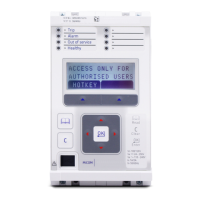
